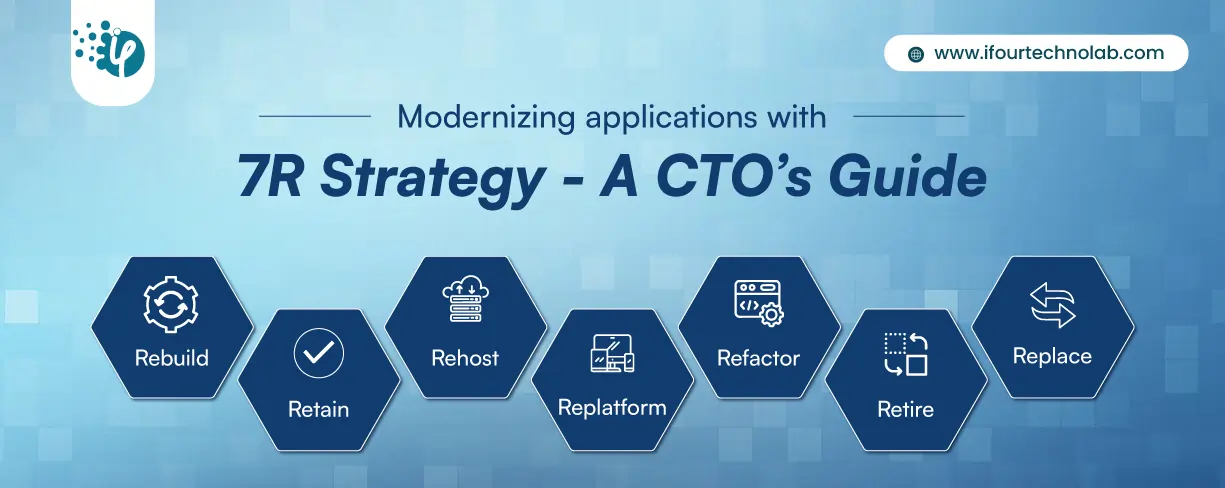Modernizing applications with the 7 R strategy – A CTO’s Guide
Think about the last time CTOs spent most of their time fixing old systems. Updates were slow, servers were expensive, and adding new features took time. Now, things have changed....
Listening is fun too.
Straighten your back and cherish with coffee - PLAY !

Java is one of many programming languages that have shown much promise in the coding world. With that said, there are many components to consider, when working with Java, including environment variables.
Environment variables help you configure Java applications without having to store settings in code outside where they need to be. Essentially, you can configure Java applications without jeopardizing the database or caching servers, which are often vital for third-party APIs. In fact, you can place the same code in more environments than one.
So, how can you use environmental variables in Java? The answers will surprise you!
In this brief overview, we’ll discuss the following about environmental variables:
Essentially, an environment variable is one whose value is set outside Java. Its value is typically set through an operating system’s functionality. Because a name and value are paired, a number is created and, eventually, referenced.
Now, it’s important to note that using environment variables in backend applications is possible. However, that all depends on the operating system that you’re using. In fact, your operating system’s commands may be different than any other operating system. For example, if you’re using Microsoft Windows, setting environment variables can be a little different. Here are two ways that you can set environment variables in Microsoft Windows:
Regardless, these commands will define the environment variable and its value. There are two ways this can happen:
Using a String argument is one of the most common ways to accessing environmental variables. Whether a String argument is passed or not, the method returns something. If a String is passed, a different value is returned. Or, if a String isn’t passed, then null is returned instead. That all depends on the Map’s keys, which are the environment variable names and their values.
Now that we have a good idea on how to access environmental variables, it’s time to learn to set them in Java. While reading environment variables is just as important as accessing them, it’s still important to set them in Java, so that operating systems can both recognize and work with the programming language.
Now, when it comes to operating systems, there are two different groups: a group that make environment variables case-sensitive (Linux, macOS, and UNIX), and a group that doesn’t make them case-sensitive (Microsoft Windows). Let’s dive deeper:
In the first group, there are operating systems like Linux, macOS, and UNIX, which have you set environment variables in three main ways:
Environment variables can be initialized, so that they're available on and during the current session. Plus, these variables can be initialized in any processes started in the current session, when you use the built-in export command. To permanently set an environmental variable, you’ll need to use either the system-wide startup file, /etc/profile, or one of the user-specific startup files (i.e., ~/.bash_profile, ~/.bash_login, and ~/.profile) to do so.
If you don’t use the export command, the environmental variables won’t be available in any child processes, but rather the current session only. In that case, you can initialize an environment variable, so that it's available to the current session. Remember: You won’t be using the export] command.
Environment variables can also be available only to a specific process. If a process needs the variable, then a specific process will be initiated.
Environmental variables have their own pros and cons. Just as they can be very effective in Java, they can also slow to put into action. If you were to, say, set these variables in the operating system’s shell, you won’t have a checklist of needed variables, nor will you have available information on what variables are for and the type of data they are. That’s why you’ll need a strict separation of config from code, which are called the .env files. These files are plain text, and they store a list of key and value pairs that define the environment variables needed to make the application function. Essentially, a new developer would start work on the application by copying the file, labeling it ‘.env,’ and then setting the values for each key applicable to their local development environment.
So, when working with an .env file for a project, a package such as dotenv-java will suffice in making the variables available to an application. Keep in mind that the package dotenv-kotlin is often reserved for applications being developed in Kotlin.
Finally, be careful when it comes to sensitive data. If you try to store sensitive data in .env under version control, you’ll lose valuable security benefits of using dotenv files. Therefore, refrain from placing sensitive data in version control. For example, when using Git, do NOT add .env, or any variants of that filename, to a project's .gitignore file.
Need help with Java and Kotlin app development? iFour is at your service. Let us know what you need.
As you can see, Java as platform-independent language is made more independent when environment variables are involved. However, there are requirements that these variables need in order to work. In addition, how variables are identified and set depend on the operating system that you use.
With that said, the variables still come with their own flaws. Therefore, caution needs to be exercised, so that proper installation and programming are done in the coding.

Think about the last time CTOs spent most of their time fixing old systems. Updates were slow, servers were expensive, and adding new features took time. Now, things have changed....

According to HackerOne, fixing a security issue after software is released can cost 30 times more than fixing it during development. Today, CTOs take a different approach. Shift...

A few years ago, companies built software first and thought about security later. Developers and security teams did not cooperate, and problems were fixed only after release. This activated DevSecOps vulnerabilities and many DevSecOps failures.